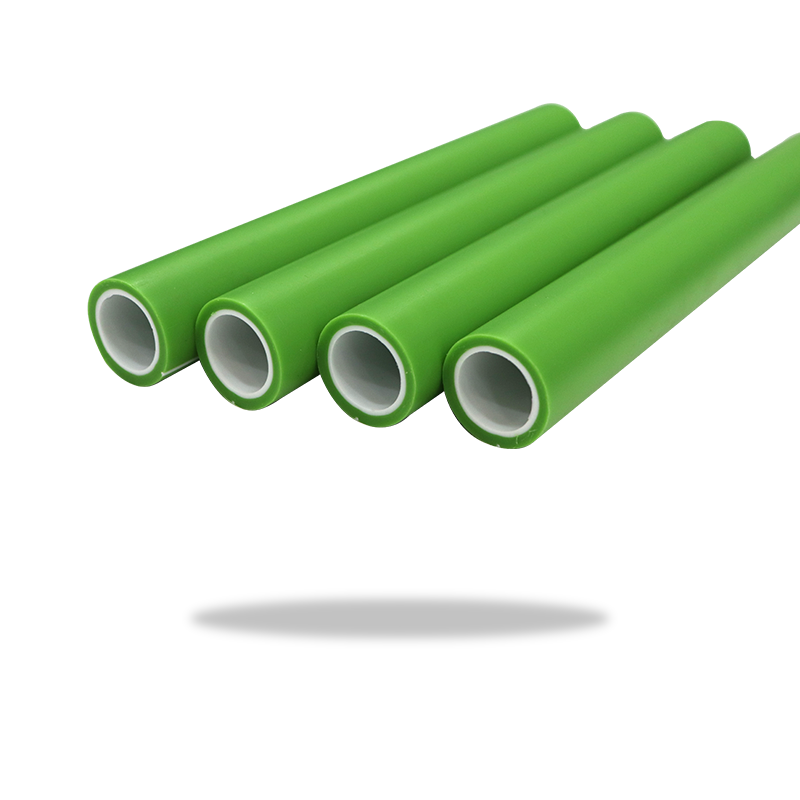Maintaining the antimicrobial effectiveness of PPR (Polypropylene Random Copolymer) antibacterial pipes during installation involves several key practices to ensure that the pipes perform optimally and retain their antibacterial properties. Here are the recommended installation methods and considerations:
Follow Manufacturer’s Guidelines:Adhere to Specifications: Always follow the manufacturer’s installation instructions and guidelines specific to PPR antibacterial pipes. This includes recommendations for pipe handling, preparation, and installation techniques.Use Approved Fittings: Use only manufacturer-approved fittings, connectors, and tools designed for PPR pipes to ensure compatibility and maintain the integrity of the antibacterial properties.
Proper Cleaning and Handling:Keep Pipes Clean: Ensure that pipes are clean and free from contaminants before installation. Dirt, dust, or other debris can affect the pipe’s performance and potentially interfere with its antibacterial properties.Handle with Care: Handle pipes carefully to avoid scratches or damage to the surface. Abrasions or damage can compromise the effectiveness of the antimicrobial agents.
Avoid Contamination:Prevent Exposure to Contaminants: Avoid exposing the pipes to any substances that could damage or deactivate the antibacterial agents, such as harsh chemicals or cleaners.Seal Ends Properly: Keep the ends of pipes sealed and covered until installation to prevent contamination or moisture from entering the pipes.
Use Correct Installation Techniques:Follow Correct Joining Procedures: Use the recommended methods for joining PPR pipes, such as heat fusion or electrofusion, according to the manufacturer’s instructions. Proper fusion ensures a secure connection and maintains the integrity of the pipes.Ensure Proper Alignment: Align pipes and fittings correctly during installation to prevent stress or deformation, which could affect the pipe’s antimicrobial properties or cause leaks.

Control Environmental Conditions:Manage Temperature and Humidity: Perform installations in controlled environments where temperature and humidity are within the recommended ranges. Extreme conditions can affect the performance of the pipes and fittings.Avoid UV Exposure: If possible, avoid exposing PPR pipes to direct sunlight or UV radiation during installation and storage, as prolonged exposure can degrade the material over time.
Inspect and Test:Inspect for Damage: Before installation, inspect pipes and fittings for any visible damage or defects. Do not use damaged pipes, as they may not perform as expected.Conduct Pressure Tests: After installation, conduct pressure tests to ensure there are no leaks and that the system operates correctly. This helps to confirm that the installation was done properly and that the pipes remain effective.
Ensure Proper Support and Mounting:Use Adequate Supports: Provide adequate support and mounting for PPR pipes to prevent sagging or movement. Proper support helps maintain the alignment and integrity of the pipes, reducing the risk of damage or stress.Avoid Over-tightening: When securing pipes with clamps or supports, avoid over-tightening, which can cause deformation or stress.
Regular Maintenance and Monitoring:Implement Maintenance Protocols: Establish regular maintenance protocols to ensure the pipes remain in good condition. Regular inspections and maintenance help identify and address any issues that could affect the antimicrobial effectiveness.Monitor Performance: Continuously monitor the performance of the piping system to ensure it meets hygiene and safety standards.
Educate Installation Personnel:Training: Ensure that installation personnel are properly trained in the specific requirements and best practices for installing PPR antibacterial pipes. Proper training reduces the risk of errors and ensures that the antimicrobial properties are maintained.
Compliance with Standards:Follow Relevant Standards: Adhere to relevant industry standards and regulations for the installation of antibacterial pipes. Compliance ensures that the installation meets safety and performance criteria.
By following these recommended installation methods, you can help maintain the antimicrobial effectiveness of PPR antibacterial pipes and ensure that they provide optimal performance and protection in their intended applications.

 简体中文
简体中文 English
English русский
русский Español
Español Français
Français عربى
عربى Português
Português












